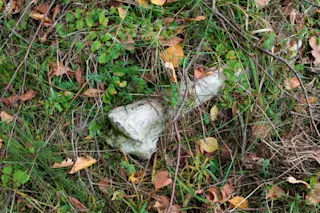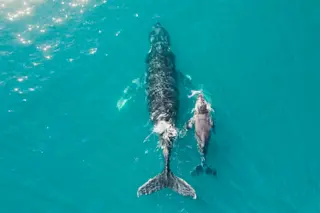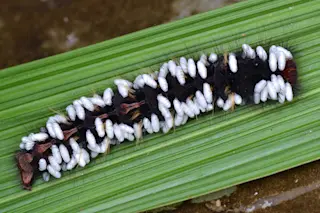The last woolly mammoths, who tromped around the Siberian tundra before going extinct about 10,000 years ago, had North American roots, according to a new genetic analysis. Scientists studied DNA from the remains of 160 mammoths from across North America and Eurasia, and determined that the last remaining mammoths were migrants who had come to Siberia via the Bering land bridge, and somehow replaced the endemic population. Researchers believe that mammoths originally spread from Asia to North America via the land bridge, creating two genetically distinct populations. Now, they're hypothesizing that some members of the North American group eventually made a return trip and proved hardier survivors than the Siberian group.
"For some reason the North American guys went back over and became kings," says [lead researcher] Hendrik Poinar [New Scientist].
The report, which will be published in next week's Current Biology [subscription required], says that the Siberian group died ...













